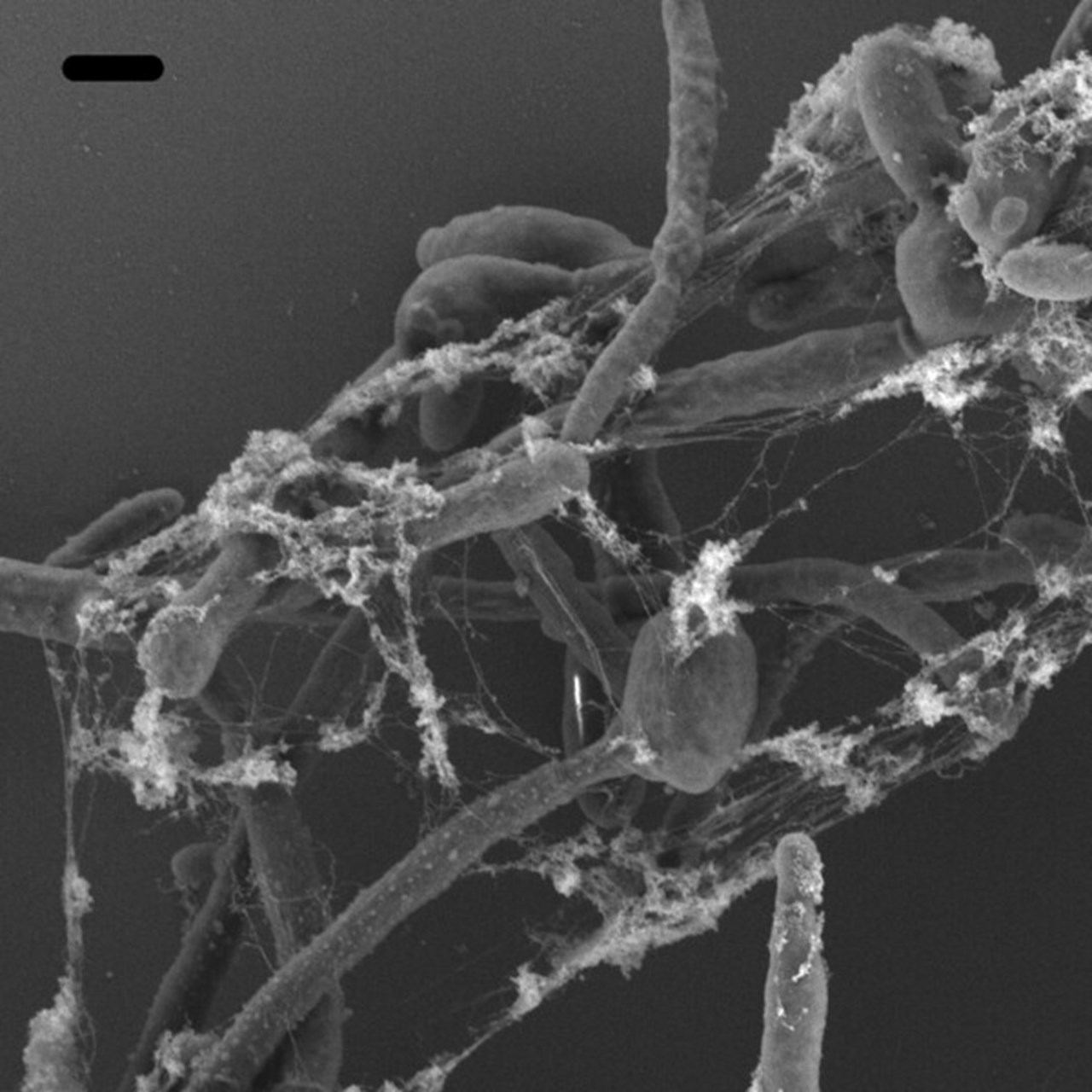About the scientific article:
Unger, L. et al: Candida albicans induces neutrophil extracellular traps and leucotoxic hypercitrullination via candidalysin. EMBO Reports (2023)e57571. DOI: 10.15252/embr.202357571
https://www.embopress.org/doi/10.15252/embr.202357571





